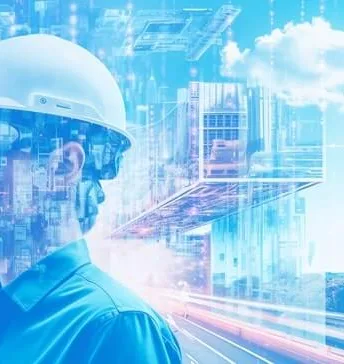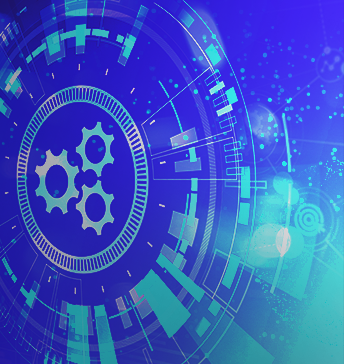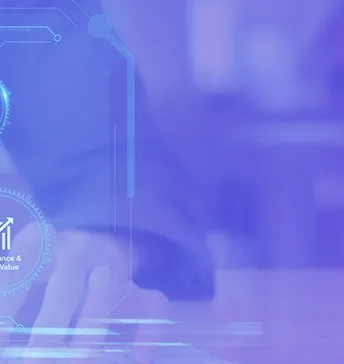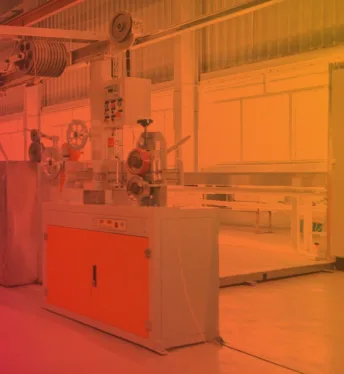Analysts at Gartner® emphasize the importance of bold and strategic action to enhance resilience in the face of technological disruptions and socio-economic uncertainties. IT leaders have a unique opportunity to create a roadmap strategically leveraging technology investments to sustain success amid these pressures and uncertainties.
Evaluating the impacts and benefits of strategic technology trends is crucial for executives. Still, it can be daunting due to the rapid rate of technological innovation. Generative and other forms of AI are the driving force behind several trends and present new opportunities. To get long-term business value from AI, there needs to be a disciplined approach to its widespread use and awareness of the risks.
Figure 1: Top Strategic Technology Trends for 2024. Published 16 October 2023. By Analyst(s): Bart Williamsen, Gary Olliffe, Arun Chandrasekaran.
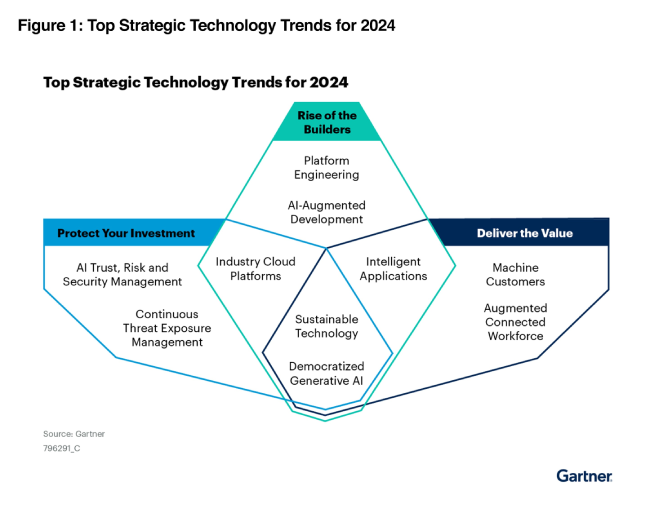
The Top Strategic Technology Trends for 2024
Democratized Generative AI
Generative AI (GenAI) is more accessible to workers worldwide due to the combination of highly trained models, cloud computing and open-source technology. Gartner® predicts that “By 2026, more than 80% of enterprises will have used generative AI APIs, models and/or deployed GenAI-enabled applications in production environments, up from less than 5% in 2023.”
GenAI-powered applications can give business users access to various internal and external information sources. The rapid adoption of GenAI technology will democratize knowledge and skills within the enterprise, enabling workers to access information in a conversational style with rich semantic understanding. With the help of large language models, enterprises can create an environment where their employees can easily connect with the knowledge they need to succeed.
AI Trust, Risk and Security Management
AI has become more accessible to people and businesses, which has made it essential to manage AI trust, risk, and security (TRiSM). Improper management of AI models can cause adverse effects that quickly become uncontrollable. These negative effects can overshadow AI’s positive impact on society. AI-specific security, model monitoring, tools and risk controls for inputs and outputs to third-party models and applications are all part of AI TRiSM.
Gartner® predicts “by 2026, enterprises that apply TRiSM controls to AI applications will consume at least 50% less inaccurate or illegitimate information that leads to faulty decision making.”
AI-Augmented Development
AI-augmented development is a process that uses AI technologies like GenAI and machine learning to help software engineers design, code, and test applications. This approach boosts developer productivity and helps development teams meet the increasing demand for software used to run businesses. Using AI-infused development tools allows software engineers to spend less time writing code and more time on essential tasks, like creating innovative business applications.
Intelligent Applications
“Intelligent applications include intelligence —defined as learned adaptation to act appropriately and autonomously — as a capability. This intelligence can be utilized in many cases to augment better or automate work.
As a foundational capability, intelligence in applications comprises various AI-based services, such as machine learning, vector stores and connected data. Consequently, intelligent applications deliver experiences that dynamically adapt to user context and intent.”
Continuous Threat Exposure Management
Continuous Threat Exposure Management (CTEM) is a practical and comprehensive approach that helps organizations evaluate the accessibility, exposure, and exploitability of their digital and physical assets. By coordinating CTEM assessments and fixes with specific threat vectors or business projects, organizations can identify weak spots and threats that are impossible to address. This helps manage risk and strengthen the enterprise’s overall security
Gartner® predicts, “By 2026, organizations prioritizing their security investments, based on a continuous threat exposure management program, will realize a two-third reduction in breaches.”
Machine Customers
Machine customers, sometimes called ‘custbots‘ (Turner, 2022), are non-human economic actors who can purchase goods and services independently. “By 2028, 15 billion connected products will exist with the potential to behave as customers, with billions more to follow in the coming years.” This trend has the potential to generate trillions of dollars in revenue by 2030 and may be more important than the arrival of digital commerce. It is important to consider how we can help these algorithms and devices, even by creating new customers.
Sustainable Technology
Sustainable technology refers to digital solutions that help maintain ecological balance and support human rights through environmental, social and governance goals. Advanced technologies like AI, cryptocurrency, the Internet of Things, and cloud computing have raised concerns about energy consumption and environmental impact. Design solutions with this in mind to enhance the efficiency, circularity, and sustainability of technology usage; it is imperative to design solutions with these goals in mind. Gartner® predicts, “By 2027, 25% of CIOs will have compensation linked to their sustainable technology impact.”
Platform Engineering
Platform engineering is the discipline of building and operating self-service internal development platforms. Each platform is a layer that a dedicated product team develops and maintains to support its users’ needs by interacting with tools and procedures. Platform engineering aims to optimize productivity and the user experience and accelerate the delivery of business value.
Industry Cloud Platforms
Gartner® forecasts “by 2027, more than 70% of enterprises will use industry cloud platforms to accelerate their business initiatives, up from less than 15% in 2023.” . Designed to address industry-specific business outcomes, industry cloud platforms integrate various SaaS, PaaS, and IaaS services into a complete product offering customizable capabilities. The platforms typically include:
- An industry data fabric
- Pre-packaged business capabilities
- Composition tools and customizable workflows
- Other platform innovations
ICPs are cloud-based solutions tailored to a specific industry and organization’s needs.
Conclusion
In our opinion, this year’s Top Strategic Technology Trends highlight those trends that will drive significant disruption and opportunity for CIOs and other IT leaders within the next 36 months (about 3 years). Some of 2024’s top strategic technology trends include artificial intelligence, edge computing and hyperautomation. These trends can potentially revolutionize industries and create new opportunities for organizations to stay competitive in the rapidly evolving digital landscape.
Source:
Gartner, Top Strategic Technology Trends for 2024, By Bart Willemsen, Gary Olliffe, Arun Chandrasekaran, 16 October 2023
GARTNER is a registered trademark and service mark of Gartner, Inc. and/or its affiliates in the U.S. and internationally and is used herein with permission. All rights reserved.
Reference:
Turner. (2022, May 4). Are Machine Customers Better Than Human Customers? | Gartner. Gartner. Retrieved November 20, 2023, from https://www.gartner.com/en/articles/are-machine-customers-better-than-human-customers






